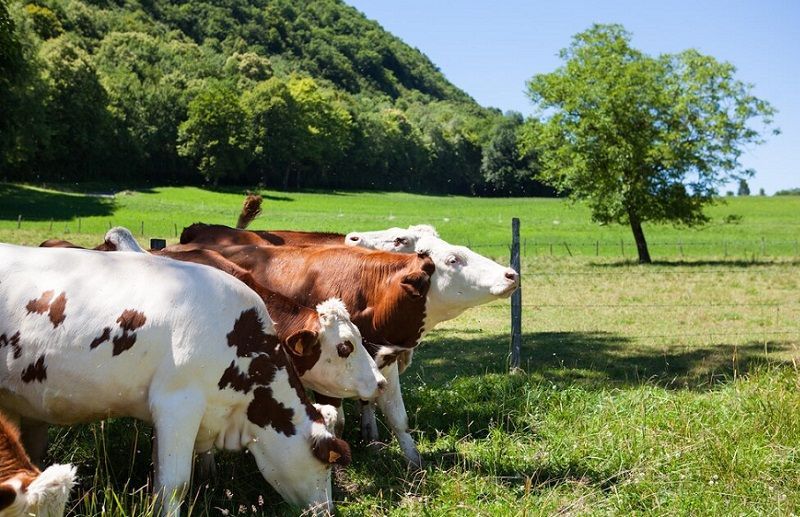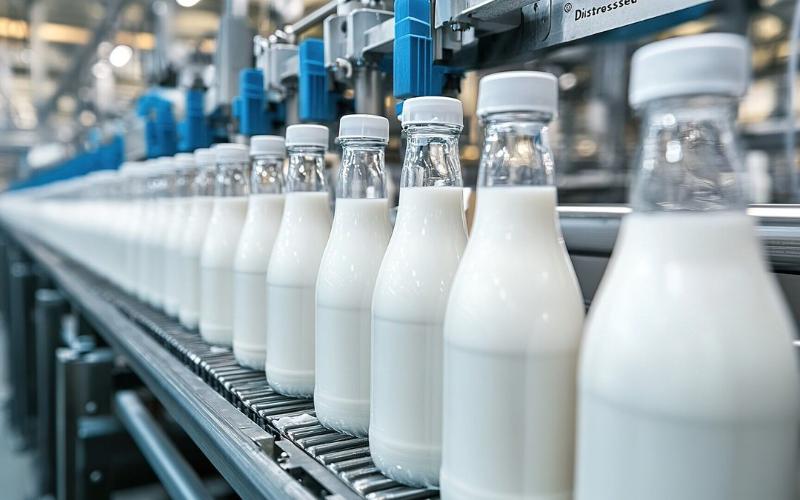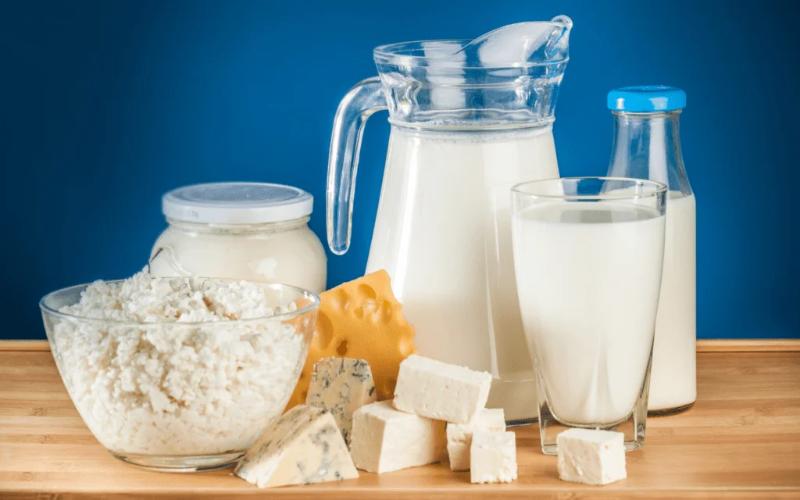Australian Dairy Industry Confronts Severe Challenges Amidst Global Competition and Natural Disasters
Sourse: The DairyNews
The Australian dairy industry is grappling with unprecedented challenges including severe financial pressures, labor shortages, and intense international competition, particularly from New Zealand, the world's largest dairy exporter. In the past 18 months, a series of natural disasters including floods and bushfires have severely impacted the sector, leading to the lowest national milk production in three decades.

These events have stifled pasture growth and escalated operational costs for dairy farmers and processors, exacerbating the industry's struggle with historically high milk prices.
Fabrizio Jorge, CEO of South Australia-based dairy processor Beston Global Food, provided an overview of the critical issues currently plaguing the industry. "The last 18 months have witnessed significant natural events that drastically reduced our national milk production, creating a domestic shortage of dairy products," Jorge stated. The situation is further complicated by the competitive dynamics of the global dairy market. Unlike Australia, where milk prices are regulated and fixed annually, New Zealand’s flexible pricing based on supply and demand provides a more adaptive market environment.
The Australian dairy sector is also experiencing a decline in the number of dairy farmers, compounded by labor shortages that make dairy farming particularly challenging. The rigorous demands of dairy farming, requiring milking at least twice a day, coupled with general labor shortages in rural areas, make it difficult for farmers to maintain necessary staffing levels.
To navigate these challenges, Jorge emphasized the need for dairy processors to innovate, particularly in adding value to products and cutting costs. Beston Global Food is pivoting towards producing high-value products like lactoferrin, a protein used in dietary supplements, infant formula, and skincare products. "We are literally sold out of lactoferrin, and it's projected to constitute 15 to 20 percent of our total sales," Jorge added.
Looking ahead, there is a glimmer of hope with anticipated adjustments in milk prices next year, potentially aligning more closely with global market rates. Jorge is optimistic that a more normalized pricing environment will alleviate some of the industry's current pressures and help pave the way for a more sustainable future. "Around 80 to 85 percent of Beston’s cost structure is tied to the milk price. Adjusting this is crucial for our profitability throughout the year," he explained.
Despite the current challenges, the Australian dairy sector remains a field of both risk and opportunity for investors. Companies like Beston, which are focused on value addition and cost optimization, could be well-positioned for long-term profitability once the market stabilizes. Meanwhile, significant players like Fonterra and A2 Milk are making strategic moves and reporting strong financial performances, indicating that despite difficulties, there are thriving opportunities within the sector.
Fabrizio Jorge, CEO of South Australia-based dairy processor Beston Global Food, provided an overview of the critical issues currently plaguing the industry. "The last 18 months have witnessed significant natural events that drastically reduced our national milk production, creating a domestic shortage of dairy products," Jorge stated. The situation is further complicated by the competitive dynamics of the global dairy market. Unlike Australia, where milk prices are regulated and fixed annually, New Zealand’s flexible pricing based on supply and demand provides a more adaptive market environment.
The Australian dairy sector is also experiencing a decline in the number of dairy farmers, compounded by labor shortages that make dairy farming particularly challenging. The rigorous demands of dairy farming, requiring milking at least twice a day, coupled with general labor shortages in rural areas, make it difficult for farmers to maintain necessary staffing levels.
To navigate these challenges, Jorge emphasized the need for dairy processors to innovate, particularly in adding value to products and cutting costs. Beston Global Food is pivoting towards producing high-value products like lactoferrin, a protein used in dietary supplements, infant formula, and skincare products. "We are literally sold out of lactoferrin, and it's projected to constitute 15 to 20 percent of our total sales," Jorge added.
Looking ahead, there is a glimmer of hope with anticipated adjustments in milk prices next year, potentially aligning more closely with global market rates. Jorge is optimistic that a more normalized pricing environment will alleviate some of the industry's current pressures and help pave the way for a more sustainable future. "Around 80 to 85 percent of Beston’s cost structure is tied to the milk price. Adjusting this is crucial for our profitability throughout the year," he explained.
Despite the current challenges, the Australian dairy sector remains a field of both risk and opportunity for investors. Companies like Beston, which are focused on value addition and cost optimization, could be well-positioned for long-term profitability once the market stabilizes. Meanwhile, significant players like Fonterra and A2 Milk are making strategic moves and reporting strong financial performances, indicating that despite difficulties, there are thriving opportunities within the sector.














